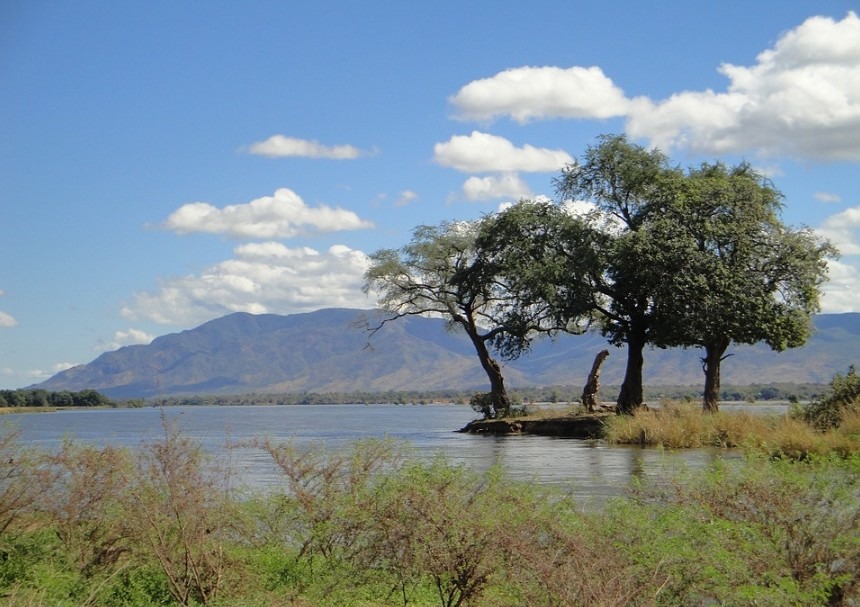Etosha National Park is one of the most significant and largest wildlife-viewing venues in Africa. Spanning more than 22,000 kilometers, the area consists mostly of grasslands and woodlands surrounding a vast salt pan, where a fascinating array of animals, birds, reptiles, and insects lives. What separates the other African parks is that you won’t need to spend much of your day looking for wildlife, as its charm stems from its ability to bring animal close to you.
The German administration declared Etosha National Park as a nature conservation area in 1907, which range spans four times bigger than today. The reason for the establishment of the national park was the near depletion of its lavish wildlife that dwindled due to big game hunting and massive poaching. Its protected range was decreased in 1928, 1958, and 1967, until it was set to its current borders in 1973. Today, the national park is completely fenced for the animals’ protection.
The name Etosha came from the Ndonga word, which means “Great White Place.” It refers to the large salt pan, a 120-kilometer or 75-mile) long, dry lake bed lying at the park’s eastern part. It was formed about 2 million years ago as Kunene Delta dried up. Now, its riverbed shifted, glistening in bright white brought by the crystallized salt on its surface.
Etosha boasts a lot of waterholes, some are of natural origins, while others are artificial. Since the National Park was fenced, animals depend on the water available within the protected area. 5 natural and 27 artificial water holes are situated on the park’s western side, while 29 natural and 12 artificial ones occur in the eastern part.
During the dry season, getting a good position at any waterhole viewpoint is an incredible game viewing. Just park your car next to any of these waterholes, and see many animals queue up for a drink, not only in twos or small groups but by hundreds!
Zebras, wildebeest, springbok, impala, elands, and giraffe are abundant on the grassland, and aggregate in these waterholes during the dry period. Elephants coming in herds of fifty individuals are common and can be seen walking in the middle of the read, giving tourists in cars, an exhilarating yet fantastic encounter with the land’s largest mammals.
While hyenas and lions might need some effort to look for, silver-backed jackals are pretty abundant, trotting heedlessly around you. The impressive curly-horned kudu and the desert-thriving oryx are also incredible sights to behold. Moreover, the national park also holds one of Africa’s most stable population of black rhinos and uncommon species, like the mountain zebra, black-faced impala, the world’s smallest antelope, the Kirk’s Dikdik.
Birdlife is abundant in Etosha, serving as the home of 340 birds species, a third of which is migratory. Different types of hornbills are common, while vultures and eagles can be observed soaring in warm air currents or perching on tree branches, keenly looking around. When it rains, the pan’s water pools attract various kinds of birds, most conspicuously amongst them are the hundreds of thousands of flamingos.
The best time to visit Etosha National Park is during the coldest dry months from May to September. However, if you’re in for great bird-watching, it peaks in the rainy season from November to March. The average daily temperature is around 88°F (31°C) while the average minimum is 57°F (13.7°C).
To sum it up, Etosha National Park is any nature lover’s dream, yearning to observe a pristine landscape, witness a fascinating array of animals, and get an unforgettable wildlife experience.
